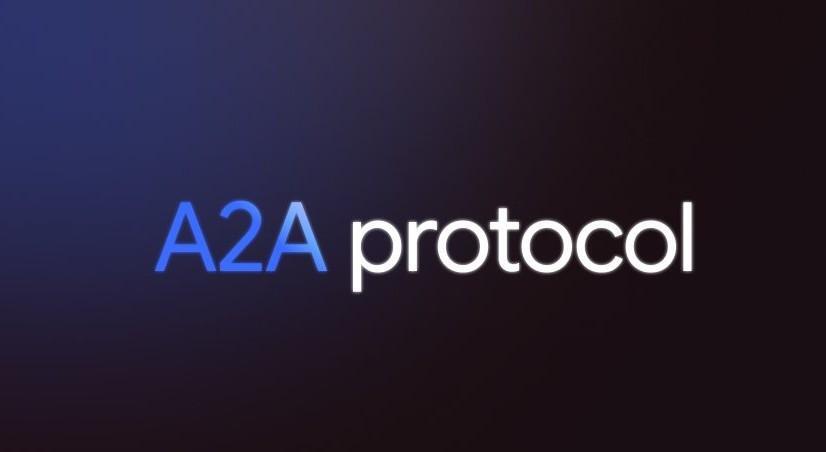
Google Launches A2A Protocol to Enhance AI Agent Synergy
In a significant move to revolutionize the realm of artificial intelligence (AI), Google has recently launched Agent2Agent (A2A), a novel open-source protocol designed to enable seamless communication and coordination between AI agents from various systems. This groundbreaking protocol aims to bridge the gap between different AI systems, allowing them to securely exchange information and collaborate on various enterprise platforms or applications.
The A2A protocol marks a significant milestone in the development of AI, as it enables developers to build AI agents that can connect with any other agent built using the same protocol. This enhanced interoperability will enable AI agents to work together more effectively, leading to improved decision-making, enhanced productivity, and increased efficiency.
What is Agent2Agent (A2A) Protocol?
Agent2Agent is an open-source protocol developed by Google, designed to facilitate communication and coordination between AI agents from different systems. The protocol uses a common language and data format, allowing AI agents to communicate with each other securely and efficiently.
The A2A protocol is built on top of the existing open-source technologies, such as Apache Kafka and Kubernetes, and is designed to be scalable, secure, and flexible. The protocol’s architecture is based on a decentralized design, which enables AI agents to communicate with each other directly, without the need for a central authority.
Key Features of A2A Protocol
The A2A protocol offers several key features that make it an attractive solution for developers and organizations looking to build AI-powered applications. Some of the key features include:
- Interoperability: The A2A protocol enables AI agents from different systems to communicate with each other, regardless of their underlying architecture or technology.
- Security: The protocol uses advanced security features, such as encryption and authentication, to ensure secure communication between AI agents.
- Scalability: The A2A protocol is designed to be scalable, allowing it to handle large volumes of data and multiple AI agents.
- Flexibility: The protocol is flexible and can be used with various AI frameworks and platforms.
- Open-source: The A2A protocol is open-source, which allows developers to modify and customize it to suit their specific needs.
Benefits of A2A Protocol
The A2A protocol offers several benefits to developers and organizations, including:
- Improved Collaboration: The A2A protocol enables AI agents to collaborate more effectively, leading to improved decision-making and increased productivity.
- Increased Efficiency: The protocol’s ability to facilitate secure and efficient communication between AI agents reduces the need for manual intervention, leading to increased efficiency and reduced costs.
- Enhanced Innovation: The A2A protocol’s open-source nature and flexibility make it an attractive solution for developers looking to build innovative AI-powered applications.
- Reduced Complexity: The protocol’s decentralized design reduces complexity, making it easier for developers to integrate AI agents into their applications.
Use Cases for A2A Protocol
The A2A protocol has a wide range of use cases, including:
- Chatbots: The protocol can be used to enable chatbots from different platforms to communicate with each other, allowing for seamless customer service and improved customer experience.
- Supply Chain Management: The A2A protocol can be used to enable AI-powered supply chain management systems to communicate with each other, improving inventory management and reducing costs.
- Healthcare: The protocol can be used to enable AI-powered healthcare systems to communicate with each other, improving patient care and reducing medical errors.
- Finance: The A2A protocol can be used to enable AI-powered financial systems to communicate with each other, improving risk management and reducing financial losses.
Conclusion
The launch of the A2A protocol by Google marks a significant milestone in the development of AI, as it enables developers to build AI agents that can connect with any other agent built using the same protocol. The protocol’s ability to facilitate secure and efficient communication between AI agents will enable organizations to build more effective and efficient AI-powered applications.
As the A2A protocol is open-source, developers and organizations can modify and customize it to suit their specific needs. With its flexibility and scalability, the A2A protocol has the potential to revolutionize the way AI agents communicate and collaborate, leading to improved decision-making, increased efficiency, and enhanced innovation.
News Source
For more information on the A2A protocol, please visit the official Google blog at:
https://developers.googleblog.com/en/a2a-a-new-era-of-agent-interoperability/






